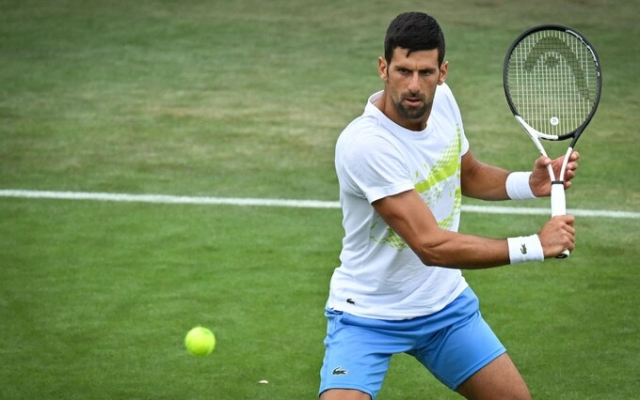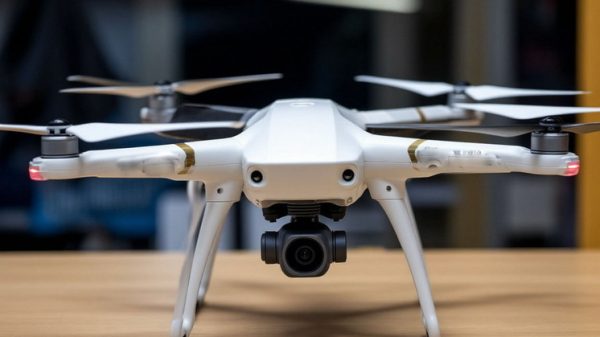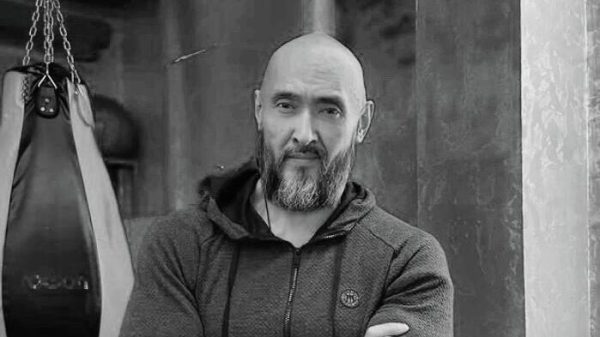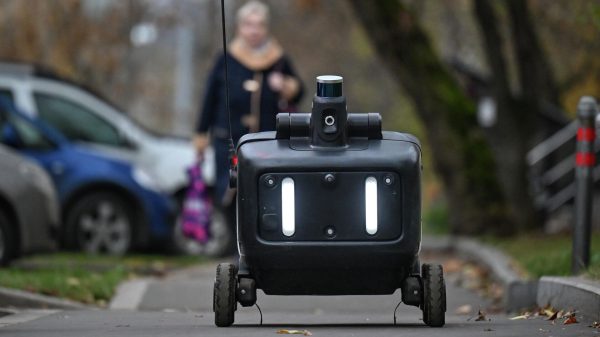 Novak Djokovic has won more Wimbledon matches than the rest of the top 20 combined. Credit: Getty Images/Glyn Kirk
Novak Djokovic has won more Wimbledon matches than the rest of the top 20 combined. Credit: Getty Images/Glyn Kirk
Novak Djokovic may be the most successful player in history, but explaining why he excels can be difficult. In the absence of any spectacular shots — such as Rafael Nadal's forehand or John Isner's serve — most observers point to his fluid movement and defensive range.
However, the latest data compiled by TDI and TennisViz shows that the perception of Djokovic as the perfect defender is misleading. Yes, Djokovic is extremely difficult to remove, but over the past 52 weeks, he has only ranked fourth on their steals chart (a metric that calculates the percentage of points scored by a player after being on defense during a play).
In all likelihood, this is due to his age — Djokovic is 36 years old — and the fact that he can be a quarter step slower than ten years ago. The three players who can surpass his 35.8 interception percentage are all-time drivers: Daniil Medvedev (37.5), Alex de Minaur (36.6) and Carlos Alcaraz (36.0).
Interceptions against conversions
So how does Djokovic remain the standout performer on tour? The answer is that he outperforms all of these players — and everyone else — on the opposite metric: «Conversions» (how many times you win an attacking position and thus win a point).
Here he posts the tour's best 73.6% over the past year. It won't be long before you get to Stefanos Tsitsipas and Francisco Tserundolo in second place (both at 71.9) and back to Alcaraz (71.1).
While the data may disprove the notion of Djokovic as predominantly a defender, it also confirms what our eyes tell us—that he compensates for the subtle loss of mobility by monitoring his shots like a cold-blooded sniper.
This development was exaggerated during the Australian Open where he had problems with a hamstring injury and responded with a forehand with more speed and intent than anyone could remember. “I feel Novak has a very good forehand right now,” Medvedev said in a March interview with the Tennis Podcast. «I would say it's just brutal.»
Novak Djokovic's Conversion Gap How Djokovic Brought His Strengths to Grass
According to TennisViz, Djokovic's assertiveness is most pronounced on what tennis fans call the «plus one.» shot — the first hit of the server in the draw.
Consider the moment when Djokovic serves and returns to the game, leaving the point «neutral», according to analysts. If we were talking about any other player, the server would usually have a very small advantage, winning 51.5% of the points.
But when Djokovic hits the third hit of a rally, the computer might have to redefine what he means under «neutral». Because he wins a mind-boggling 67.9% of the points in this situation. His first shot from the ground — usually from the right — almost always hits one of the corners deep and powerfully.
Novak Djokovic's dominance on the first serve
This may give us a clue as to why Djokovic has traditionally found it harder to win. on clay court (he has «only» three French Opens) than on grass (as a seven-time Wimbledon champion).
On clay court, the slow rebound means the nimble player has a better chance of disabling that first Djokovic attack , rebuild the play and possibly catch him with his own counterattack.
Grass, however, is meant to be the first hit. It is very difficult to defend at Wimbledon because of the way the ball slides after the bounce. This is the most difficult Grand Slam tournament to commit a «steal», while the French Open is the easiest.
Low ball defense
One tactic to pay attention to over the course of two weeks is this is the «low ball» used by Andy. Murray among others, in which you use mesh-hugging slices to dissuade your opponent from attacking.
The same principle is used by football teams when they set up a protective wall at the edge of their own penalty area. Since it is difficult to quickly raise and lower the ball, most tennis players cannot hit a low ball hard without hitting the net or sending it flying.
Murray sometimes holds this for four or five hits in a row, looking to open the opening , like a chess player looking for weaknesses in the opponent's pawn structure.
Djokovic can certainly do the same. He can do just about anything with a tennis ball. But most of the time — especially in the first week — expect it to be more straightforward.
As Djokovic said in Paris a few weeks ago: «I had a lot of Grand Slams where I pretty much dominated the the beginning of the rounds. I don't want to waste too much energy.»
This man turns the adjective «clinical» into an art form.
Tennis Data Innovations (TDI) has partnered with TennisViz to develop the INSIGHTS next-generation data series designed to enhance the tennis fan experience.< /p>


























































Свежие комментарии